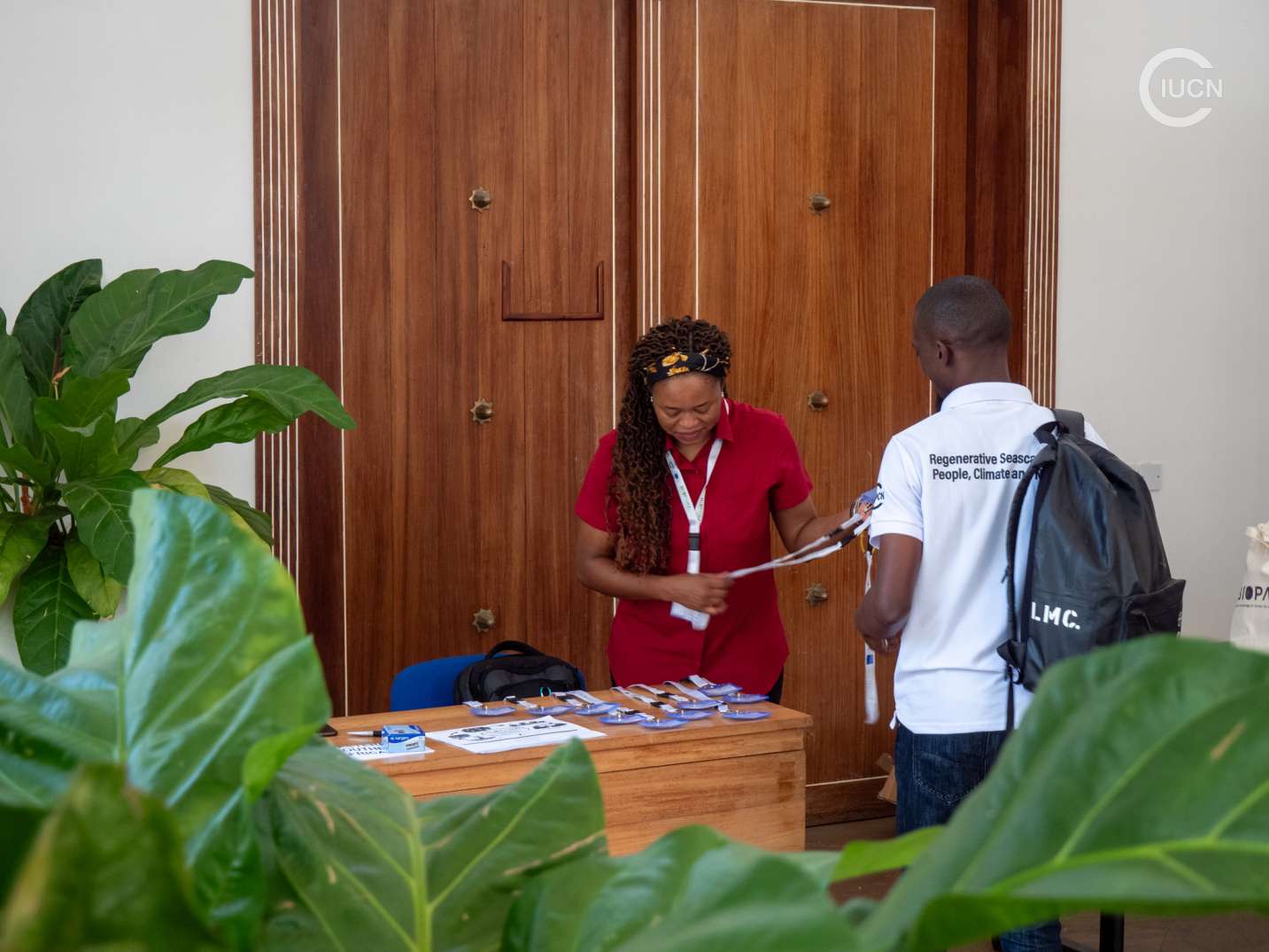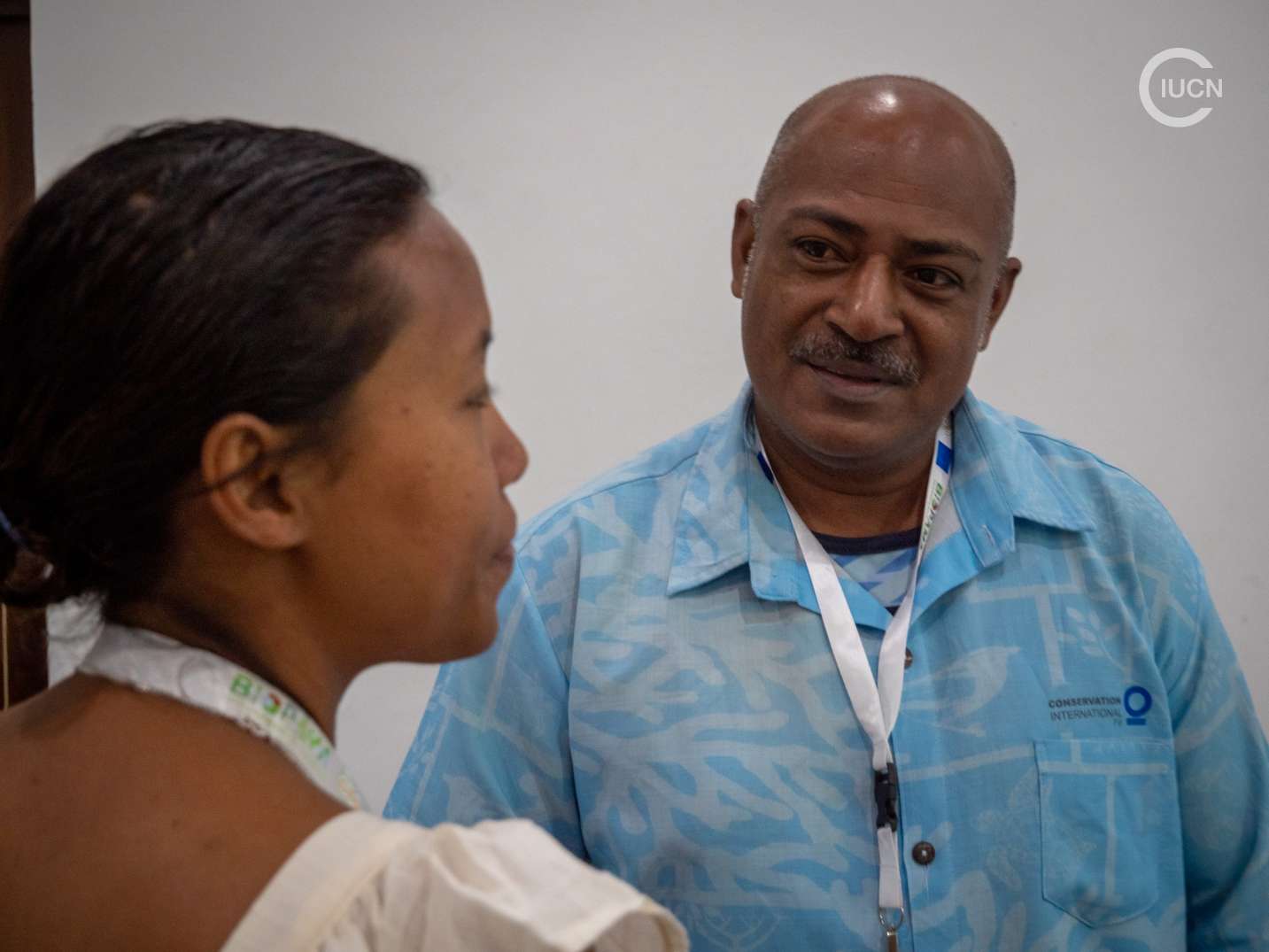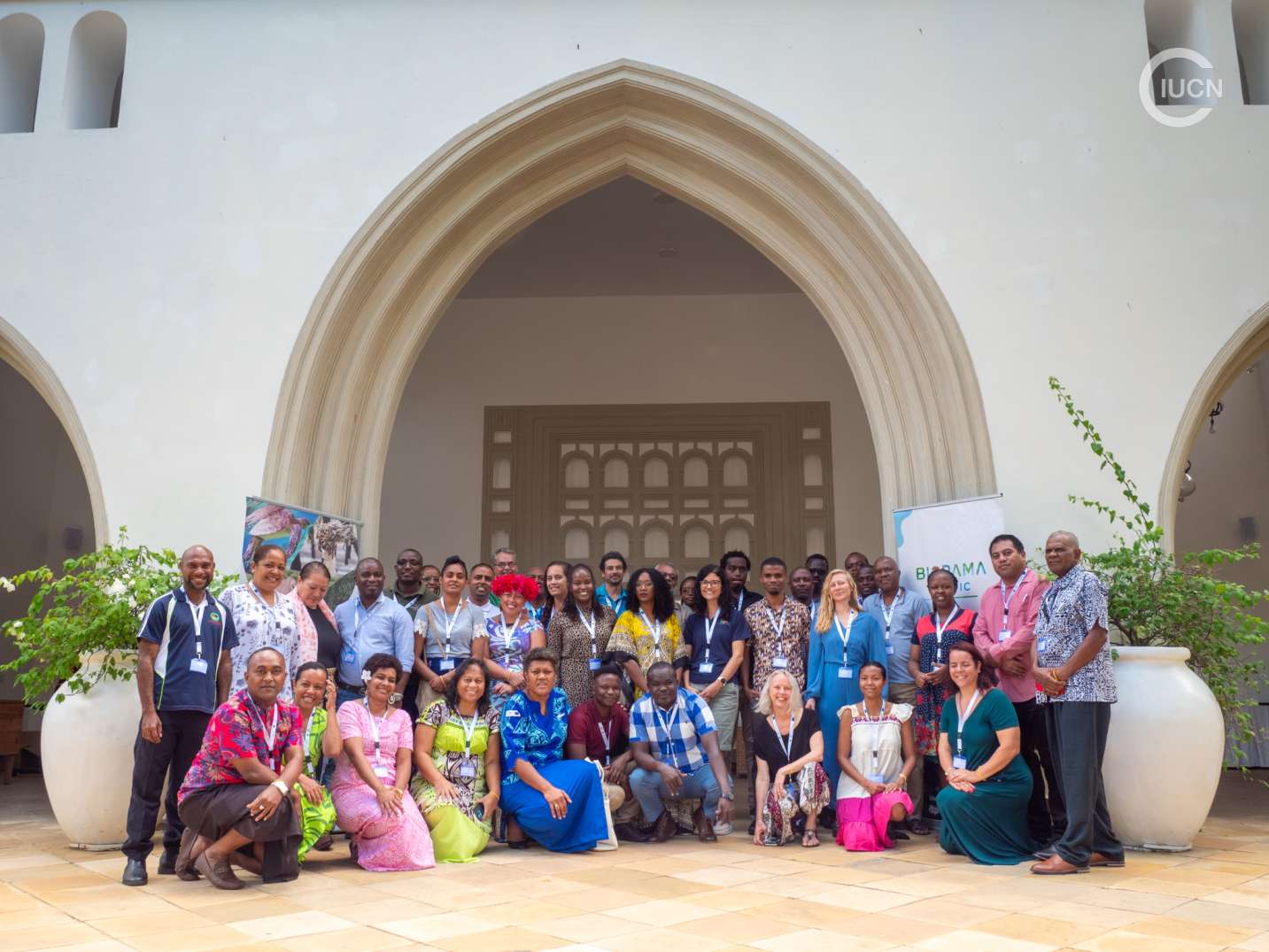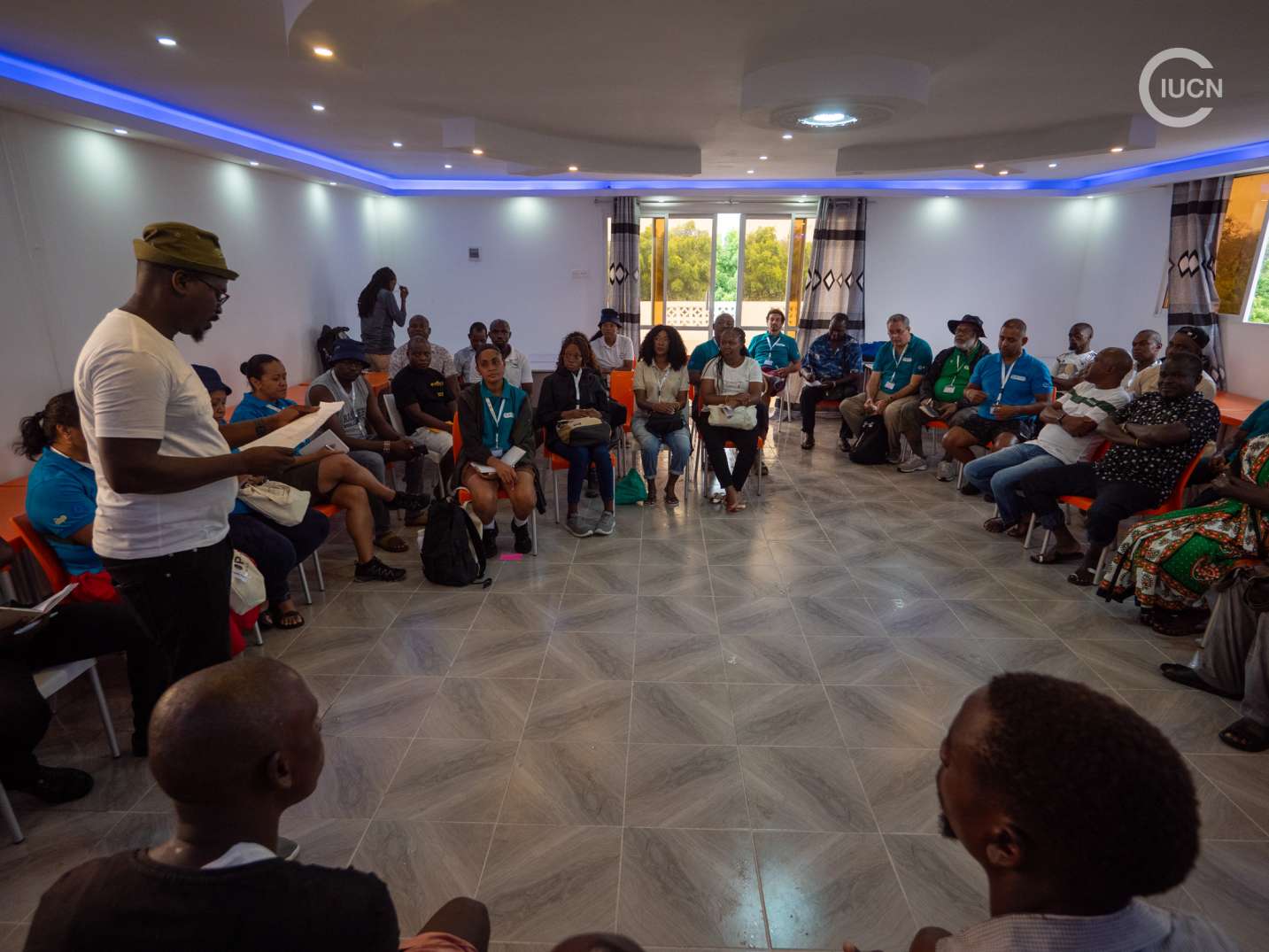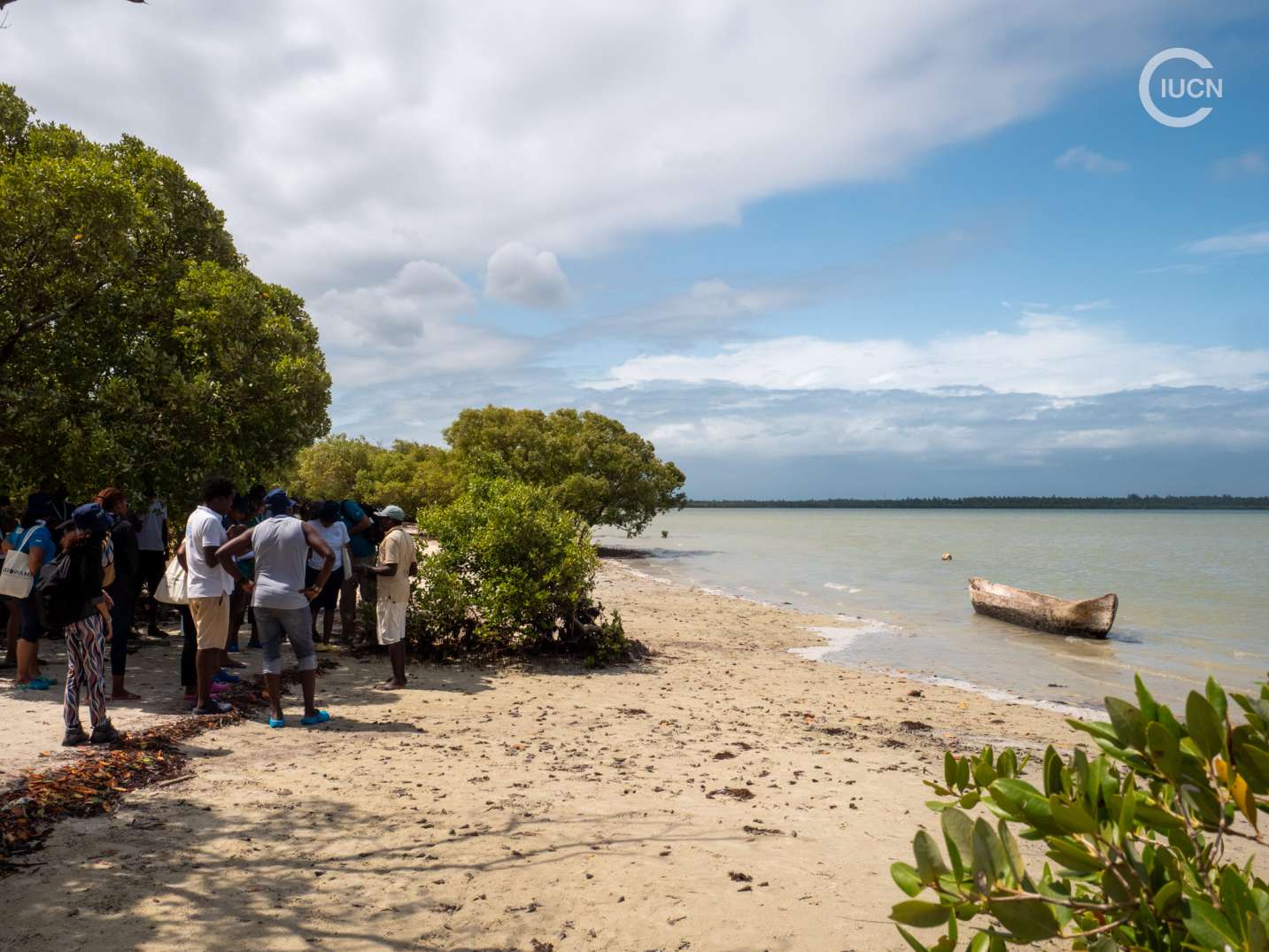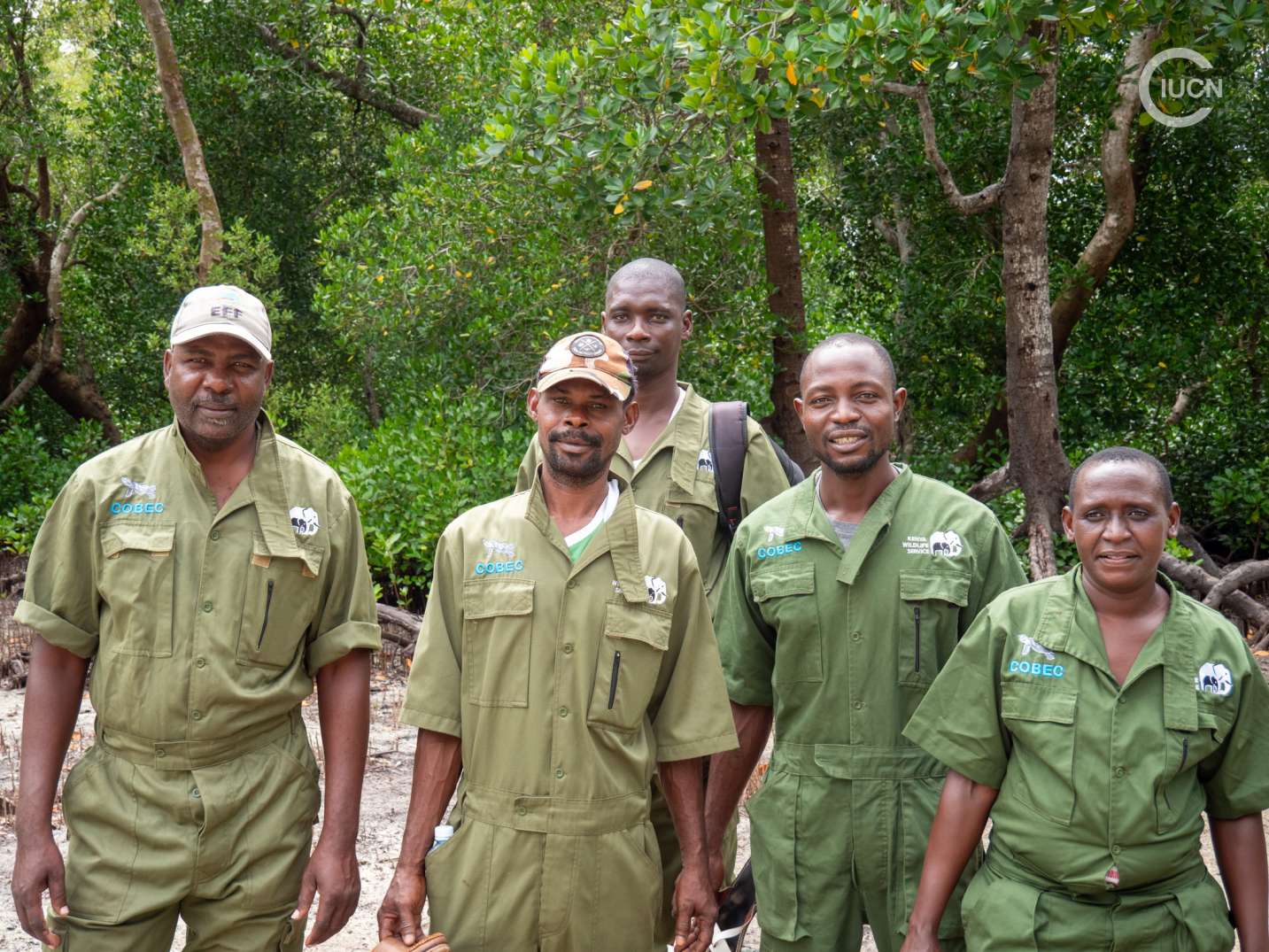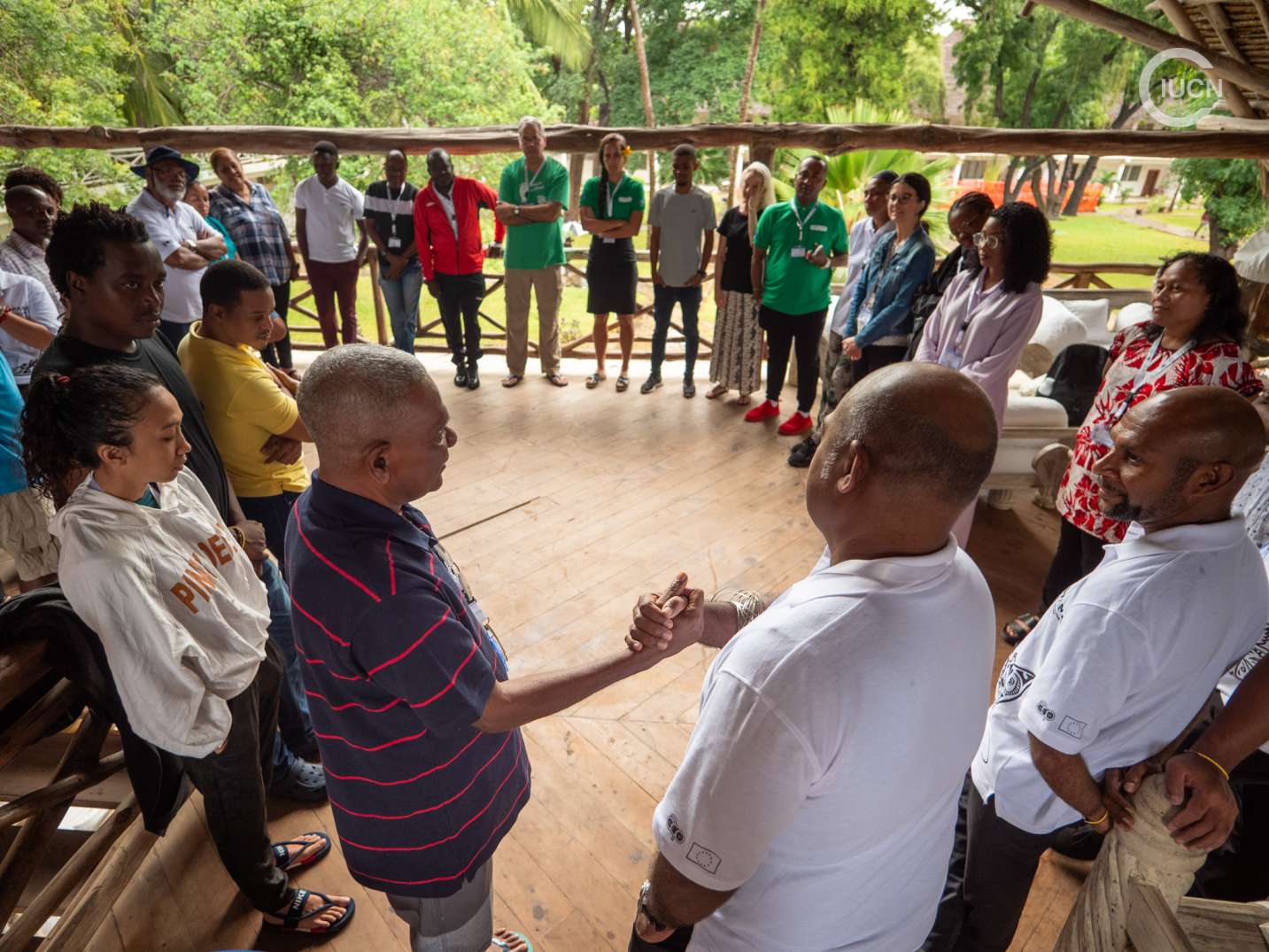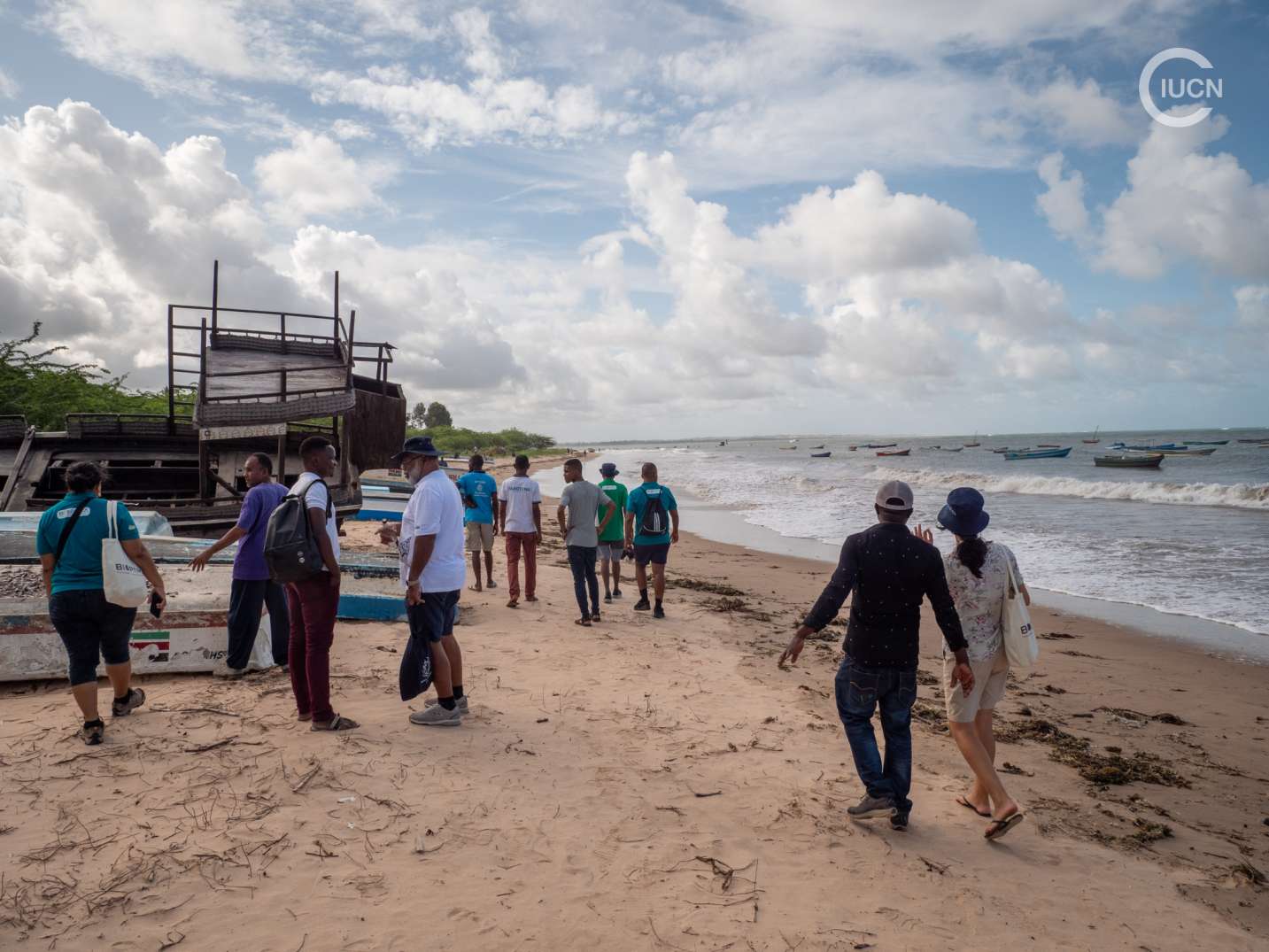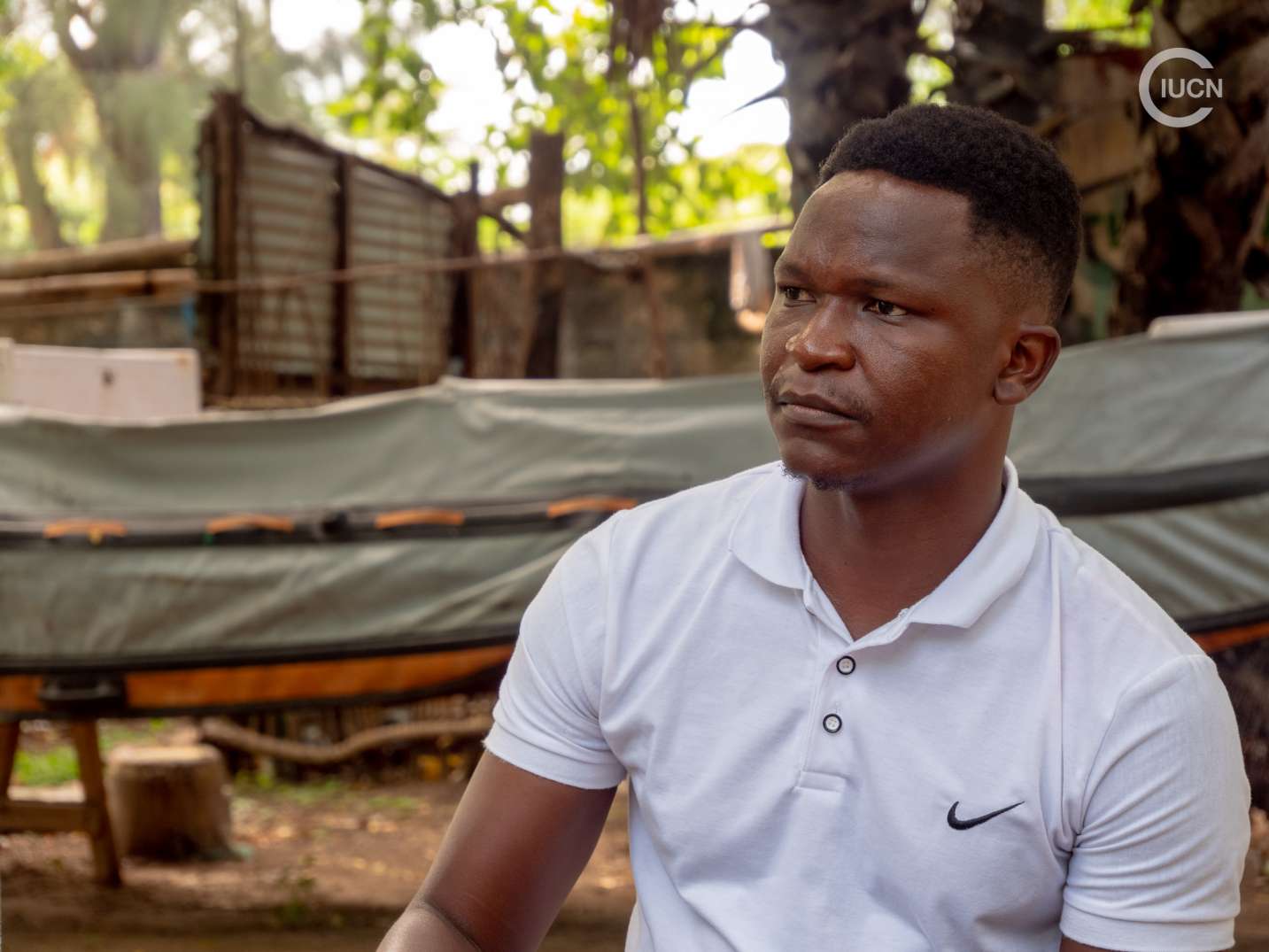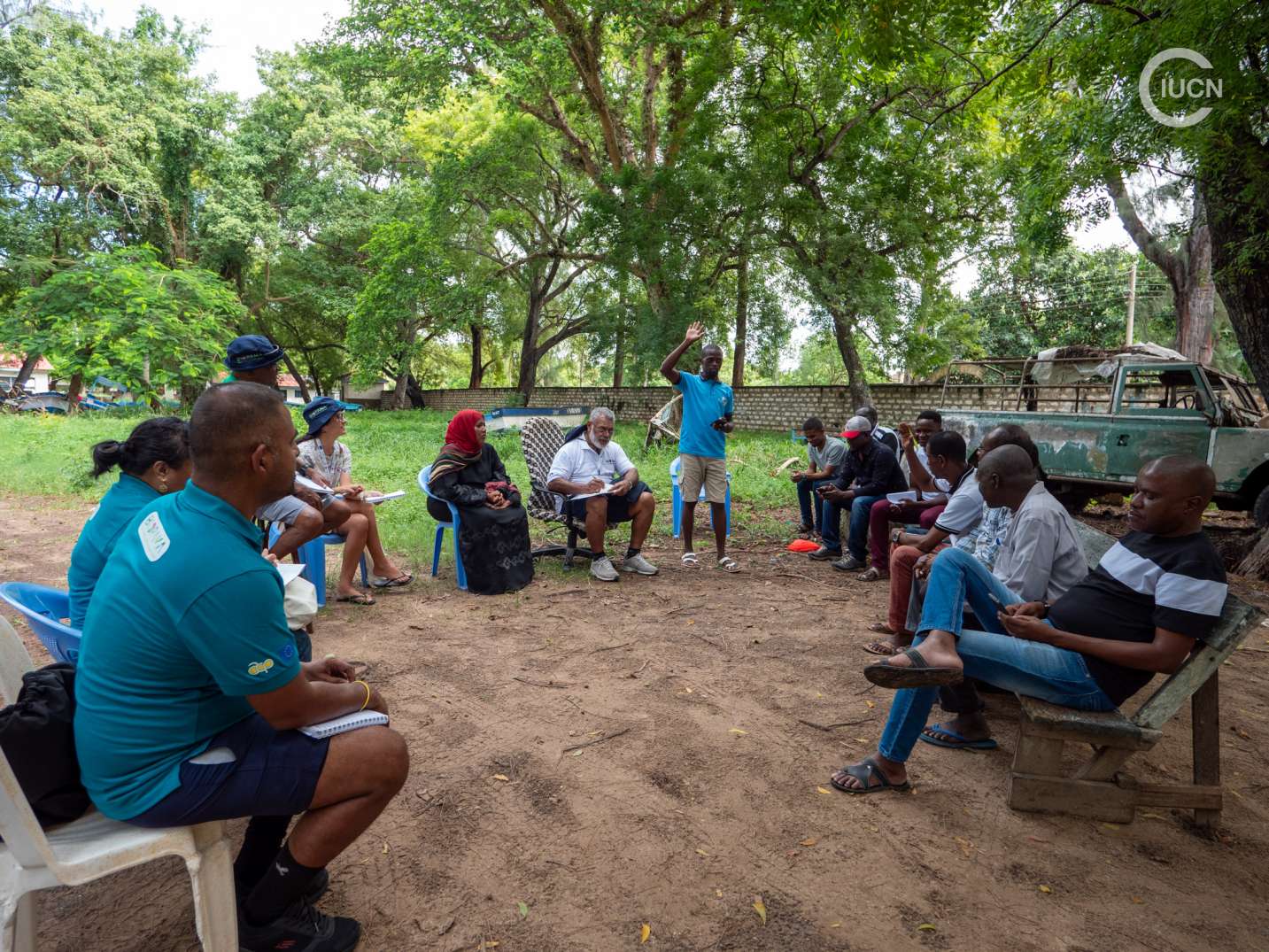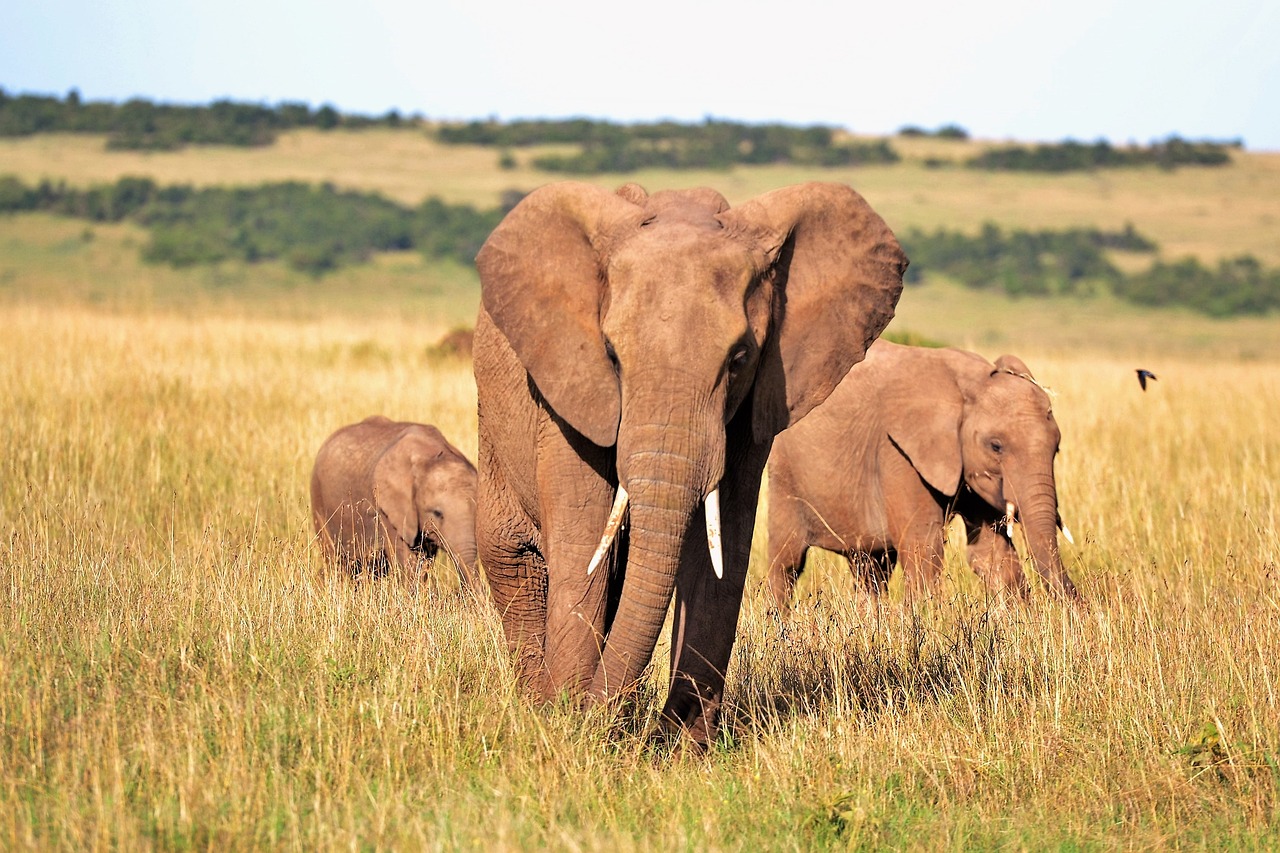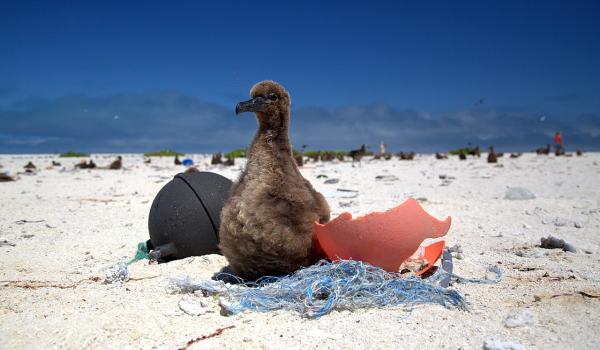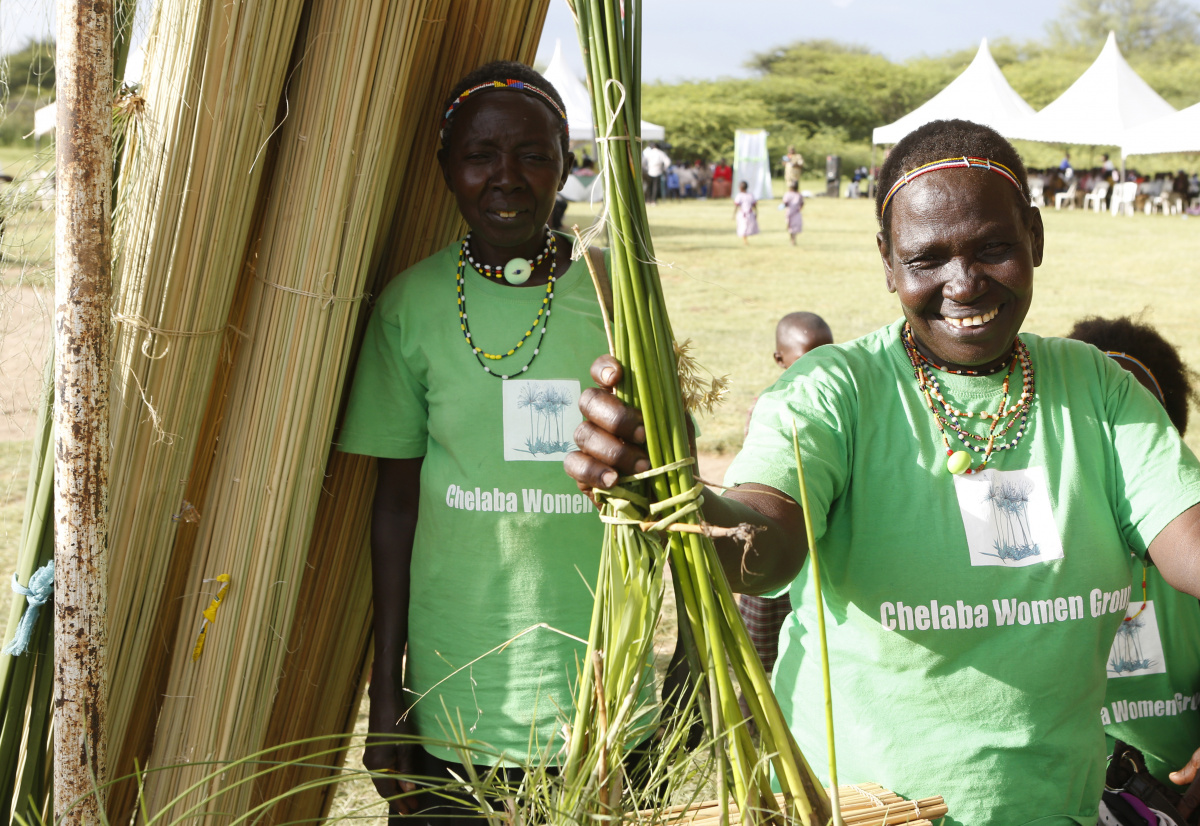Protected Areas leaders from across Africa and the Pacific unite to chart shared approaches towards 30x30
Protected and Conserved Area leaders from across Eastern and Southern Africa and the Pacific came together to share progress, lessons learnt and best practices towards achieving local and international conservation goals, under the Biodiversity and Protected Areas Management (BIOPAMA) initiative.

The Africa-Pacific Learning Exchange (APLE), hosted in the context of the pristine coastal and marine ecosystems around Malindi, Kenya, from June 17-21, brought together BIOPAMA grantees, protected area managers and policy makers from across two regions for the first time.
“Exchanges such as the Africa-Pacific Learning Exchange are an exciting opportunity to capitalise on BIOPAMA’s 12 years of support to biodiversity conservation in Eastern and Southern Africa.” said Christine Mentzel, BIOPAMA’s Regional Programme Development Manager at IUCN. “Our region’s deep and diverse experiences in protected areas management can be an inspiration and source of learning as the communities and governments worldwide look to achieve the 30x30 goal, 30% of our planet’s lands and waters under effective conservation by 2030.”
Since 2012, the European Union (EU) and the Organisation of African, Caribbean and Pacific (ACP) States have invested €60 million through the European Development Fund in BIOPAMA Programme – making it one of the largest EU biodiversity programmes, and the largest IUCN-EU partnership. The programme is in its second phase, building on the achievements of the initial phase and bringing novelty elements to it.
The APLE represents a continuation of the successful Knowledge Sharing Journey of the BIOPAMA programme, where more than 60 grantees congregated in Nairobi, Kenya, in May 2023. The 47 participants present in Malindi this year enjoyed three informative site visits during the 5-day exchange, including visits to the Mida Creek Conservation Community; the Arabuko Sokoke Forest; and the Shela, Marereni and Kuruwitu Beach Management Units (BMU). All three areas have recently benefitted from BIOPAMA grant funds and advanced their management effectiveness and governance through these grants. The hands-on approach to capacity building through site visits represents a unique opportunity to exchange across geographical regions, with a range of practitioners and backgrounds, within the context of the protected and conserved areas themselves.
“Whilst in the Pacific, we have our own challenges to effectively conserve and manage our lands and waters, we cannot do so in isolation,” said Rahul Chand, IUCN’s Protected and Conserved Areas Programme Coordinator for Oceania. “The opportunity for more than 15 conservation leaders from across our region to share their best practices, and to learn from other contexts, strengthens all of us in our work towards achieving 30% under protection by 2030.” In this context, the gathering has seen participants from Pacific countries such as Fiji, Papua New Guinea and the Cook Islands explore similarities and approaches with others from African states such as Mozambique, Madagascar and Kenya. In total, participants from 14 countries across the two regions were present.
Joyce Mbataru, Communications Manager from the Kenya Wildlife Conservancies Association (KWCA, highlight “the learning experience has been amazing. The aspect of adaptation is unique – from these experiences, we are able to adapt our approach to forestry, marine and also terrestrial conservation. From our Kenyan perspective, we’ve learnt that there are a lot of similarities with the Pacific, such as issues of sustainable financing and funding, policy, incentives and more. But there are also important differences, such as how they work with communities and how those communities have the ownership rights to their Natural Resources. It’s about cultural exchange and learning from their culture of conservation, and them also learning about our culture of conservation.’
The gathering of conservation practitioners from Africa and the Pacific builds on the experiences that each region has accrued in area-based biodiversity conservation. The strong history of Pacific nations with Locally Managed Marine Areas (LMMAs) holds the potential to unlocking similar advances in marine conservation in Eastern and Southern Africa, through initiatives such as the Great Blue Wall. On the other hand, practitioners from Eastern and Southern Africa are holders of a particularly strong heritage of terrestrial conservation that can support Pacific nations as they expand and strengthen terrestrial coverage.
The impact of the exchange was highlighted by Nenenteiti Teariki Ruatu, Director of the Environment and Conservation Division (ECD) of the Ministry of Environment, Lands and Agriculture Development (MELAD) in Kiribati, who noted that “this exchange bringing real value added to our work in community based environmental conservation, and really driving us to rethink and reconceptualise how we do this in a way which brings together government, communities and other actors”.
Participants will capitalise on the experience through individual ‘Innovation Plans’. These plans will represent both a commitment and a strategy to apply the key learnings from the Africa-Pacific Learning Exchange in their own contexts, for people and for nature.
About BIOPAMA
The Biodiversity and Protected Areas Management (BIOPAMA) programme aims to improve the long-term conservation and sustainable use of natural resources in African, Caribbean and Pacific (ACP) countries, in protected areas and surrounding communities. It is an initiative of the Organisation of African, Caribbean and Pacific States financed by the European Union’s 11th European Development Fund (EDF), jointly implemented by the International Union for Conservation of Nature (IUCN) and the Joint Research Centre of the European Commission (JRC). Building on the first five years of activities financed by the 10th EDF (2012-2017), BIOPAMA’s second phase provides tools for data and information management, services for improving the knowledge and capacity for protected area planning and decision making, and funding opportunities for specific site-based actions.
